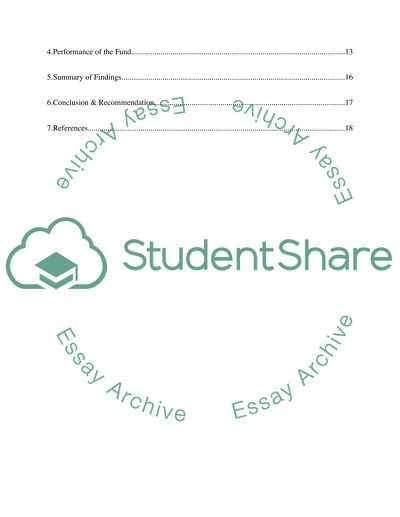Cite this document
(“Analysis of Witan Pacific Investment Trust Plc- Fund Management Essay”, n.d.)
Retrieved from https://studentshare.org/finance-accounting/1395323-analysis-of-witan-pacific-investment-trust-plc-fund-management
Retrieved from https://studentshare.org/finance-accounting/1395323-analysis-of-witan-pacific-investment-trust-plc-fund-management
(Analysis of Witan Pacific Investment Trust Plc- Fund Management Essay)
https://studentshare.org/finance-accounting/1395323-analysis-of-witan-pacific-investment-trust-plc-fund-management.
https://studentshare.org/finance-accounting/1395323-analysis-of-witan-pacific-investment-trust-plc-fund-management.
“Analysis of Witan Pacific Investment Trust Plc- Fund Management Essay”, n.d. https://studentshare.org/finance-accounting/1395323-analysis-of-witan-pacific-investment-trust-plc-fund-management.


